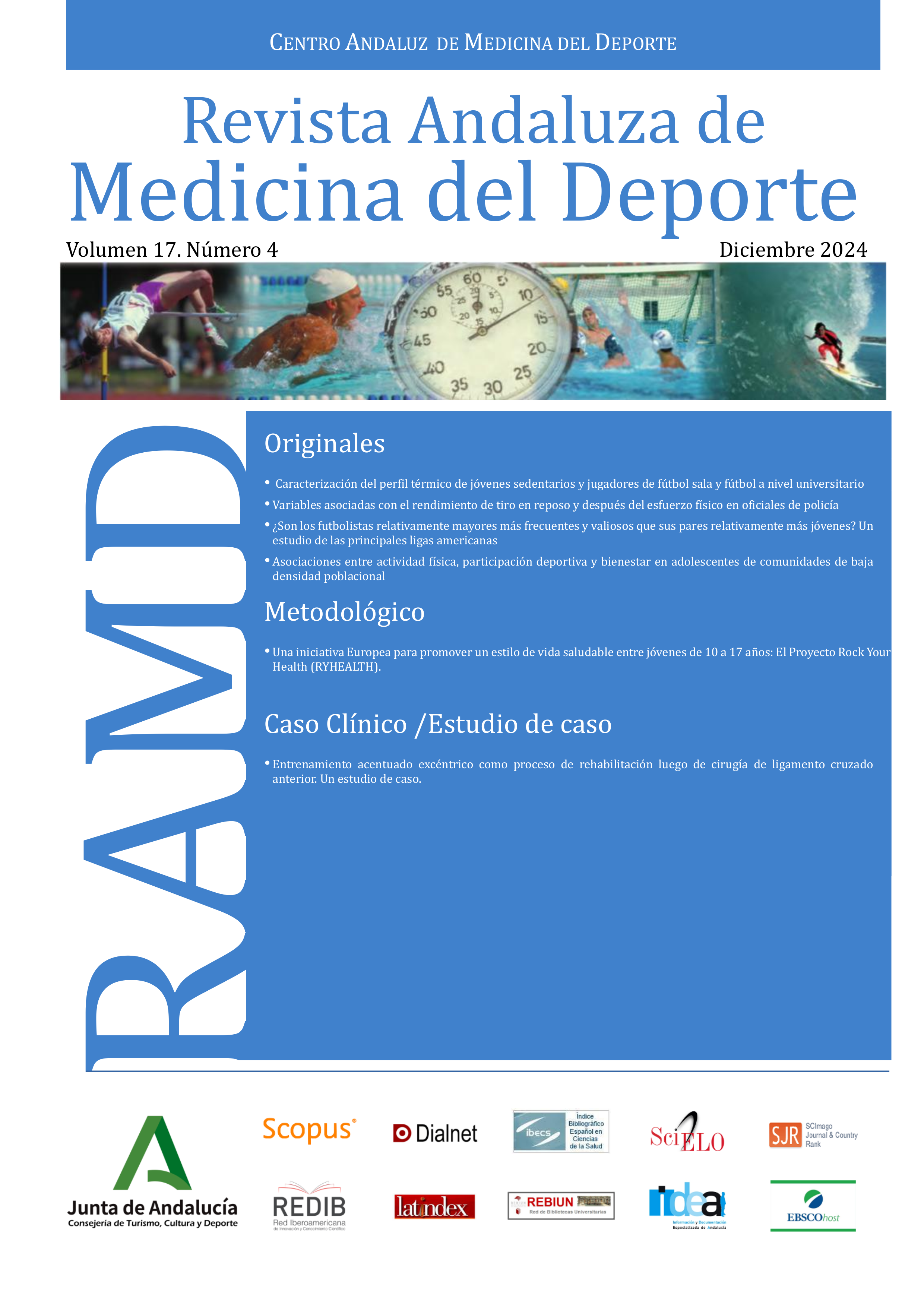Variables Associated with Shooting Performance at Rest and After Physical Effort on Police Officers
Abstract
Objectives: We aimed to evaluate the correlation between anthropometric, cardiovascular, and aerobic fitness variables with shooting performance at rest and after physical exertion in police officers which is important for police preparation.
Methods: The sample consisted of 15 male police officers. In the first session, systolic blood pressure (SBP), resting heart rate (HRrest), peak oxygen consumption (VO2peak), and waist-to-hip ratio (WHR) were evaluated. In the second session, shooting performance was evaluated before (SPpre) and after (SPpost) the physical effort by the scored points in five shots at a scored target, and shooting time (STpre and STpost). Next, officers ran ~300 m on a course designed to simulate a foot chase to make the shortest time possible, while we recorded the elapsed running time (RT) and the heart rate (HR). Pearson's correlation test was used, adopting P<0.05.
Results: At rest, there was a negative correlation between SPpre and age (r=0.71; P<0.01) and SBP (r=-0.53, P<0.04). The results suggest that age and cardiovascular variables are differently associated with shooting performance in police officers.
Conclusion: Age and SBP may be negatively related to resting shooting performance in police officers. The physical fitness of the sample may have been a factor to be considered for not observing these correlations. In this way, good physical conditioning may have influenced shooting performance, which impacts police preparation, given the importance of acting on all factors that minimize damage when using firearms and increase their effective use.


